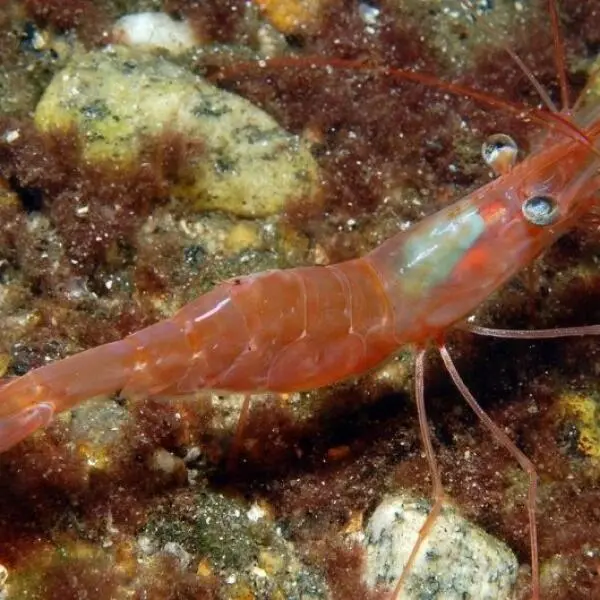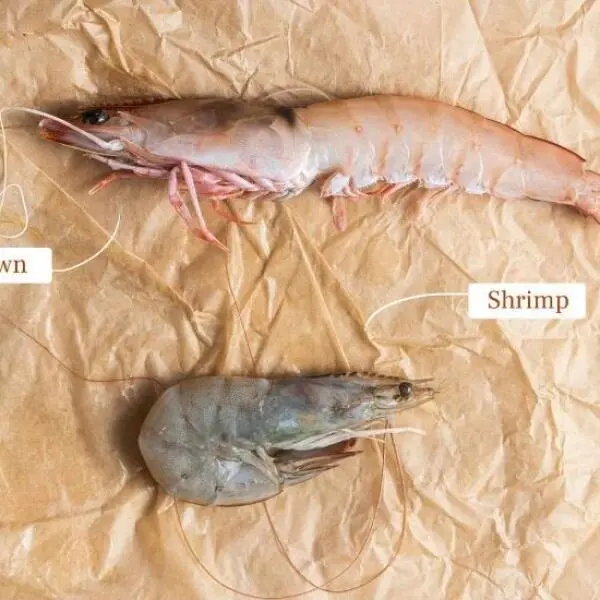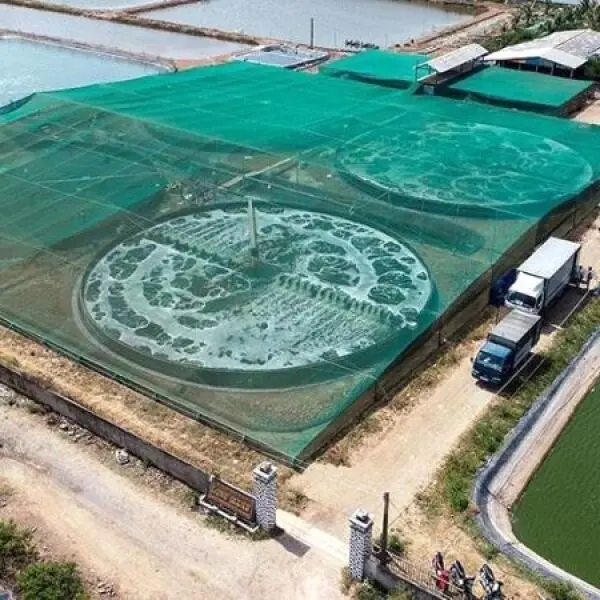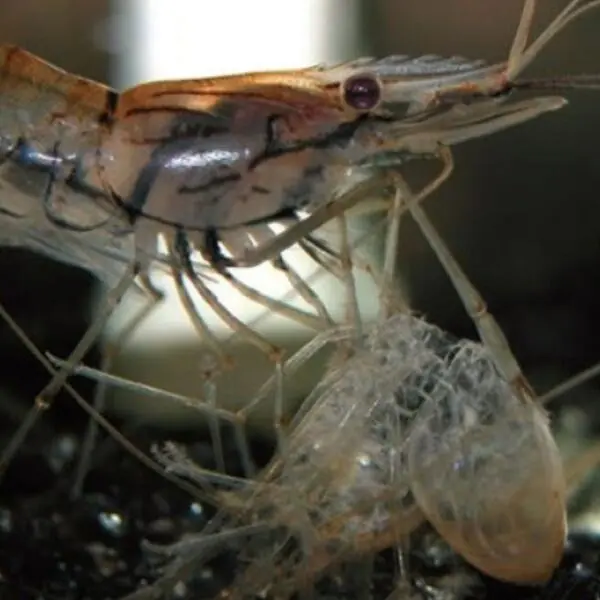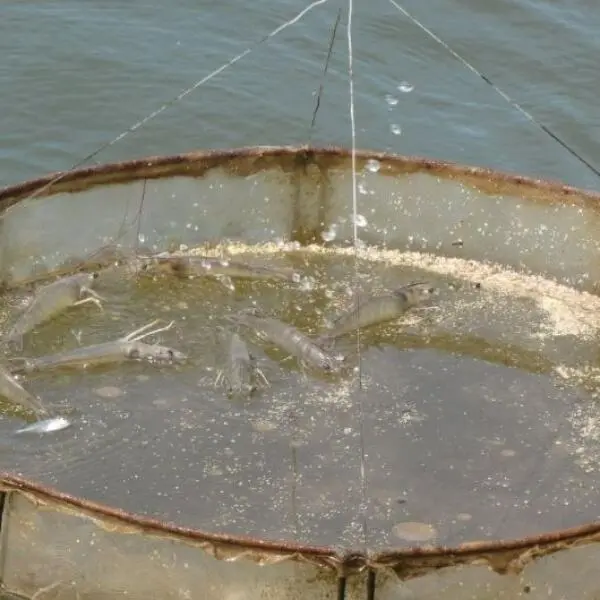
Tiger shrimp, including the highly sought-after black tiger shrimp, is a lucrative species in the global aquaculture market. Known for its fast growth, large size, and adaptability, tiger shrimp has become a popular choice for farmers aiming to maximize yield and profitability. This guide provides detailed insights into the biology, feeding, care, and disease management of tiger shrimp.
Introduction to Tiger Shrimp
Tiger shrimp (Penaeus monodon) represents a pinnacle achievement in aquaculture, known for reaching impressive lengths of up to 33 centimeters and typically being harvested at sizes ranging from 10-12 pieces per kilogram, with exceptional specimens achieving 5-7 pieces per kilogram under optimal conditions. The species has become a cornerstone of commercial aquaculture due to its rapid growth rate, adaptability to various farming conditions, and strong market demand across global markets. This remarkable crustacean has revolutionized the aquaculture industry by offering farmers a reliable path to profitability through consistent growth patterns and premium market positioning.
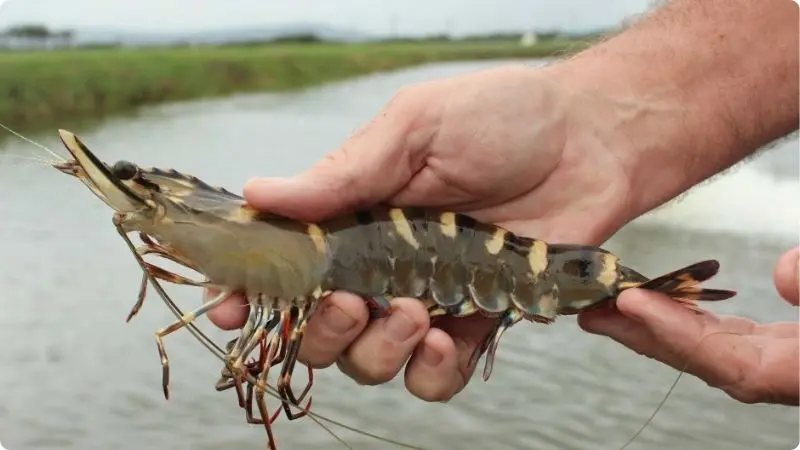
Introduction to Tiger Shrimp
Natural Variants and Characteristics
Tiger shrimp comes in three distinct natural variations including Wild Type, Blue Tiger Shrimp, and Black Tiger Shrimp, with the black variant commanding premium prices in international markets due to its striking appearance and superior size potential. These variants showcase the species' genetic diversity and provide farmers with options to target different market segments based on consumer preferences and regional demand patterns. The black tiger shrimp, in particular, has established itself as the premium choice among seafood connoisseurs and high-end restaurants, creating additional value opportunities for farmers who can successfully cultivate this variant.
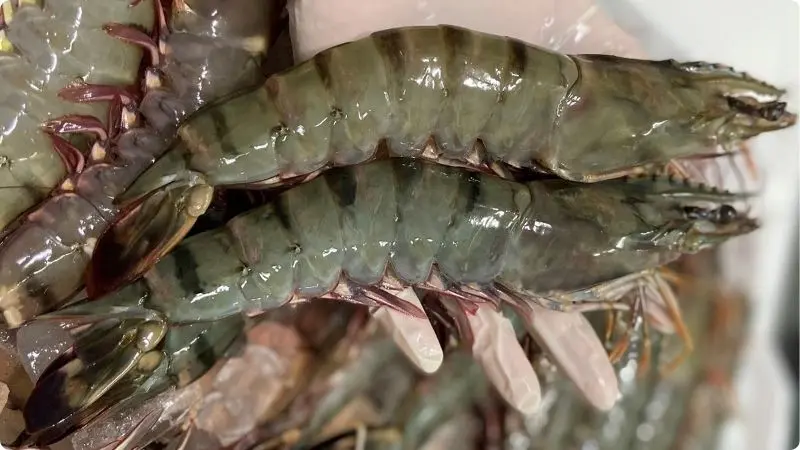
Natural Variants and Characteristics of tiger shrimp
Essential Habitat Requirements
Tiger shrimp thrives in brackish water and can adapt to derelict waters, saltpans, and shallow canals. This flexibility allows for farming even in marginal lands unsuitable for traditional agriculture.
Water Conditions
Tiger shrimp demonstrates remarkable adaptability to brackish water environments, thriving in various water conditions including derelict waters and saltpans, which makes them ideal for farming in areas unsuitable for traditional agriculture. The species' tolerance for different salinity levels and water conditions enables farmers to establish successful operations in diverse geographical locations, provided proper water quality management is maintained.
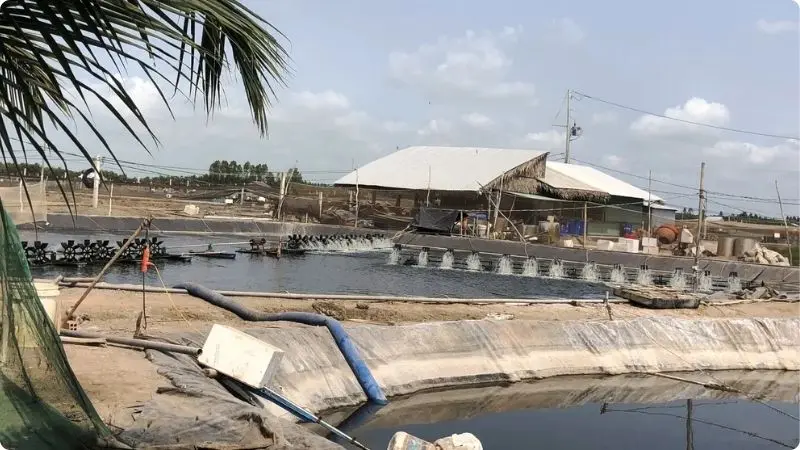
Tiger shrimp’s tiger shrimp
Soil Requirements
Successful tiger shrimp farming requires soil with excellent water retention capabilities, specifically clayey soil compositions that can hold water for extended periods, which can be verified through a simple test of digging a one-foot-deep hole and ensuring water retention for 1-2 days. The proper soil composition ensures optimal pond conditions and supports the development of natural food sources within the farming environment. Sandy or loamy soils should be avoided as they lack the necessary water-holding capacity and can lead to increased production costs through higher water consumption and reduced natural food availability.
Nutrition and Feeding Management for Optimal Tiger Shrimp Growth.
Diet Composition
Proper feeding management involves providing food 3-4 times daily when using artificial feed supplements, with options including both wet and dry pellets specifically formulated to meet the nutritional needs of tiger shrimp at different growth stages. Wet pellets, enhanced with additives like carboxymethyl cellulose or gelatin, provide excellent nutrition but require careful storage due to their shorter shelf life. Dry pellets, available in both floating and sinking varieties with 8-11% moisture content, offer greater convenience and storage stability. Specialized medicated feeds are also available for health management purposes, ensuring comprehensive nutritional support throughout the farming cycle.
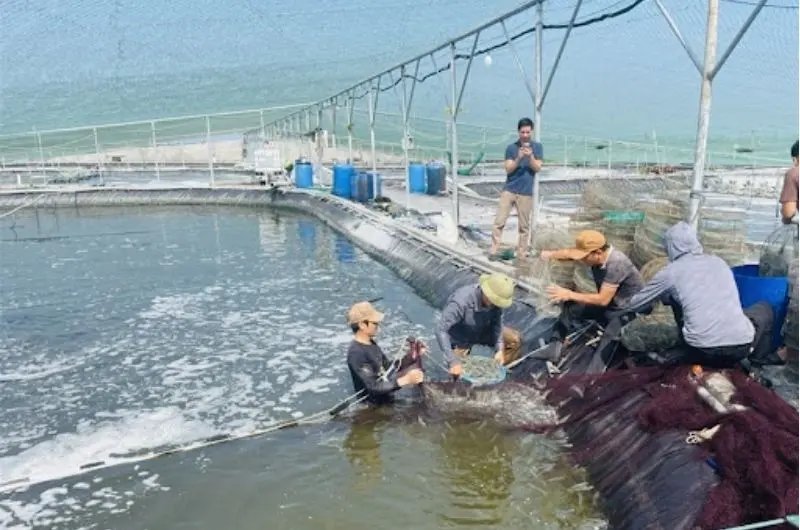
Providing food for tiger shrimp 3-4 times daily when using artificial feed supplements
Feeding Practices
Proper feeding management involves providing food 3-4 times daily when using artificial feed supplements, with options including both wet and dry pellets specifically formulated to meet the nutritional needs of tiger shrimp at different growth stages. Wet pellets, enhanced with additives like carboxymethyl cellulose or gelatin, provide excellent nutrition but require careful storage due to their shorter shelf life. Dry pellets, available in both floating and sinking varieties with 8-11% moisture content, offer greater convenience and storage stability. Specialized medicated feeds are also available for health management purposes, ensuring comprehensive nutritional support throughout the farming cycle.
Disease Prevention and Treatment for Tiger shrimp
Common Health Issues
Proper feeding management involves providing food 3-4 times daily when using artificial feed supplements, with options including both wet and dry pellets specifically formulated to meet the nutritional needs of tiger shrimp at different growth stages. Wet pellets, enhanced with additives like carboxymethyl cellulose or gelatin, provide excellent nutrition but require careful storage due to their shorter shelf life. Dry pellets, available in both floating and sinking varieties with 8-11% moisture content, offer greater convenience and storage stability. Specialized medicated feeds are also available for health management purposes, ensuring comprehensive nutritional support throughout the farming cycle.
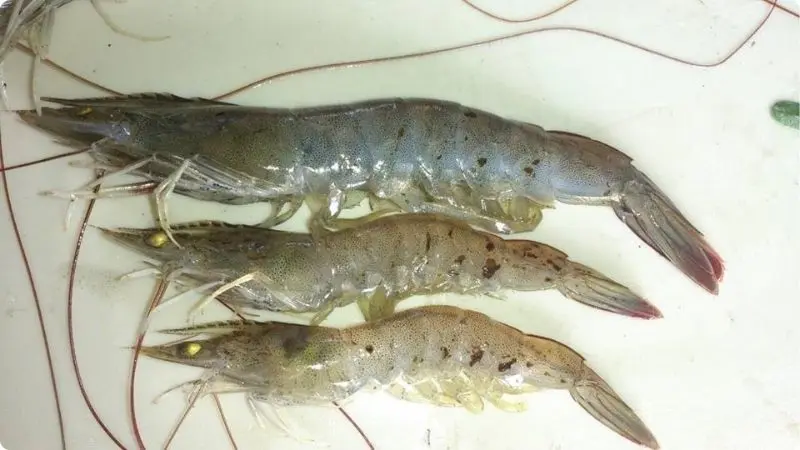
Tiger shrimp’s common health issues
Treatment Protocols
Disease management in tiger shrimp farming requires a systematic approach to treatment, with specific protocols established for each condition. For instance, Argulosis requires treatment with Malathion (50 EC) at 1L/acre every 15 days for three cycles, while black spot disease is managed through submersion in picric acid solution (0.003%) for one hour. Additionally, leech infestations can be controlled with Malathion application at 1L/acre, and furunculosis requires treatment with Sulfamerazine at 150-220 mg/kg/day for 10-14 days. Implementing proper biosecurity measures and maintaining optimal water quality can significantly reduce the incidence of disease outbreaks.
Commercial Production Systems
Pond Management
Successful tiger shrimp operations utilize a three-pond system consisting of nursery ponds for juvenile development, rearing ponds for intermediate growth, and production ponds for final maturation, each designed to optimize specific growth stages. This systematic approach to pond management ensures optimal conditions for each development phase and maximizes overall production efficiency.
Growth and Production Cycles
Tiger shrimp reach harvest weight of 25-32g within 150 days, enabling multiple harvest cycles annually and providing farmers with consistent production opportunities throughout the year. The rapid growth cycle, combined with the species' resilience to handling stress, makes it an ideal choice for commercial aquaculture operations focusing on maximizing yield and profitability.
Market Potential and Economic Benefits of Tiger Shrimp
Commercial Advantages
Tiger shrimp farming offers significant commercial benefits including premium pricing in international markets, multiple harvest cycles per year, and the ability to adapt to various farming methods and scales of operation. The species' natural advantages in growth rate and size potential contribute to its strong market position and consistent demand from buyers worldwide.
Production Efficiency
The combination of rapid growth cycles, efficient resource utilization, and strong market demand makes tiger shrimp farming a particularly attractive option for commercial aquaculture operations. Farmers can achieve optimal yields through proper management techniques while maintaining flexibility in production scaling to meet market demands.
Conclusion
Tiger shrimp farming represents a lucrative opportunity in modern aquaculture, combining rapid growth potential with strong market demand and efficient production methods. Success in this field requires careful attention to environmental conditions, proper nutrition, and effective disease management, but the potential rewards include premium pricing and consistent market demand for quality production.
Related Articles
All About Pink Shrimp: The Fascinating World of Pink Shrimp
Pink shrimp (Farfantepenaeus duorarum) stands as one of the most valuable and fascinating marine ...
What is White Shrimp? A Deep Dive into This Iconic Seafood
White shrimp (Litopenaeus setiferus) stands as one of the most commercially significant seafood ...
Shrimp and Prawns: Unveiling the Differences and Similarities
If you’ve ever encountered a seafood menu or a bustling fish market, you’ve likely seen the terms ...
How Can We Make Shrimp Farming More Sustainable?
The shrimp farming industry in Vietnam has emerged as a cornerstone of the nation's aquaculture ...
What Happens When a Shrimp Molts?
Shrimp molting is a critical process in the life cycle of shrimp, where they shed their old ...
Why Minerals Are Crucial for Shrimp Health
Minerals are indispensable for maintaining the overall health of shrimp. These tiny crustaceans, ...

